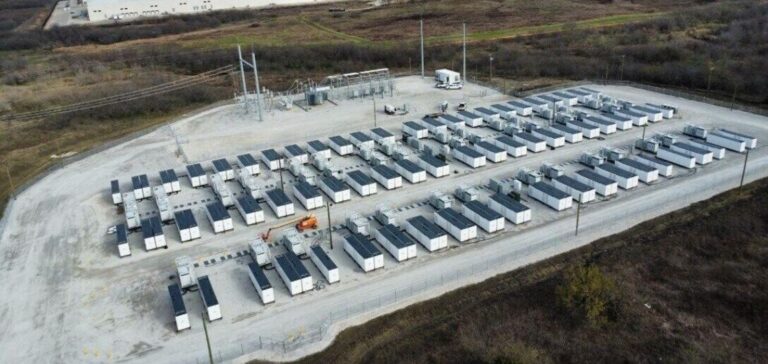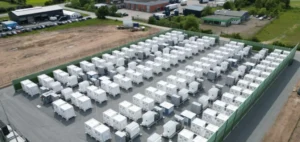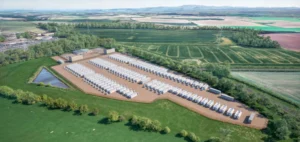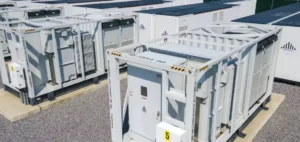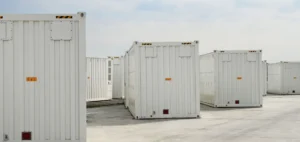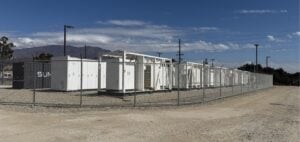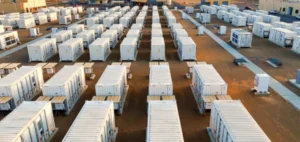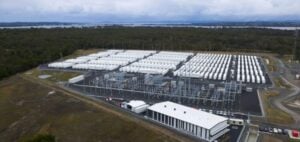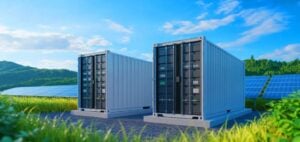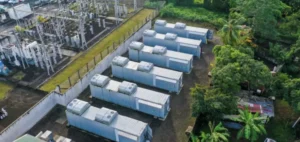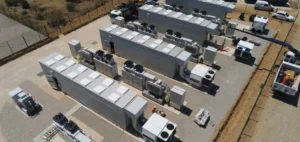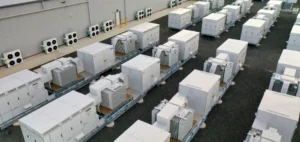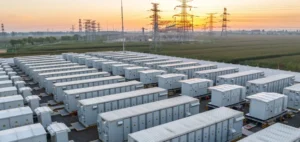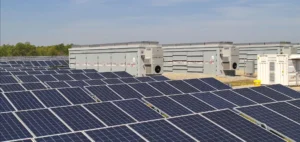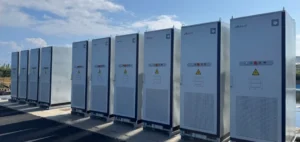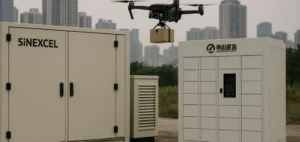esVolta has finalized a $243 million investment, supported by the investment firm Captona LLC, to fund three energy storage projects in the Texas ERCOT (Electric Reliability Council of Texas) market. These projects, named Anole, Desert Willow, and Burksol, currently under construction, will add nearly 1 GWh of energy storage capacity to the grid, with commissioning expected in the first half of 2025.
An energy market under pressure
The Texas market, managed by ERCOT, faces growing demand for reliable and responsive energy solutions, exacerbated by renewable energy variability and climate pressures. Energy storage infrastructure, such as the projects developed by esVolta, is essential to stabilize a grid often tested during periods of energy stress.
These projects are part of a broader trend where energy storage plays a key role in balancing modern grids. According to projections, the United States’ energy storage capacity could increase tenfold by 2030, driven by decarbonization targets and declining technology costs.
Capital and partnerships driving development
The $243 million investment is structured as preferred equity by Captona LLC, a firm known for its energy transition initiatives. This financing adds to the $900 million raised by esVolta in 2024, further strengthening its projects in key states like Texas.
The unlocked funds will enable esVolta to continue its active development pipeline, comprising more than 30 projects totaling nearly 25 GWh of capacity. This diversified portfolio aims to improve the management of renewable energy intermittency while reducing reliance on fossil fuels.
Focus on the Texas market
With growing energy needs, the ERCOT grid faces unique challenges, particularly due to extreme weather fluctuations and an accelerated energy transition. esVolta’s projects, including Anole, Desert Willow, and Burksol, provide essential solutions to ensure fast response capacity, especially during demand peaks.


